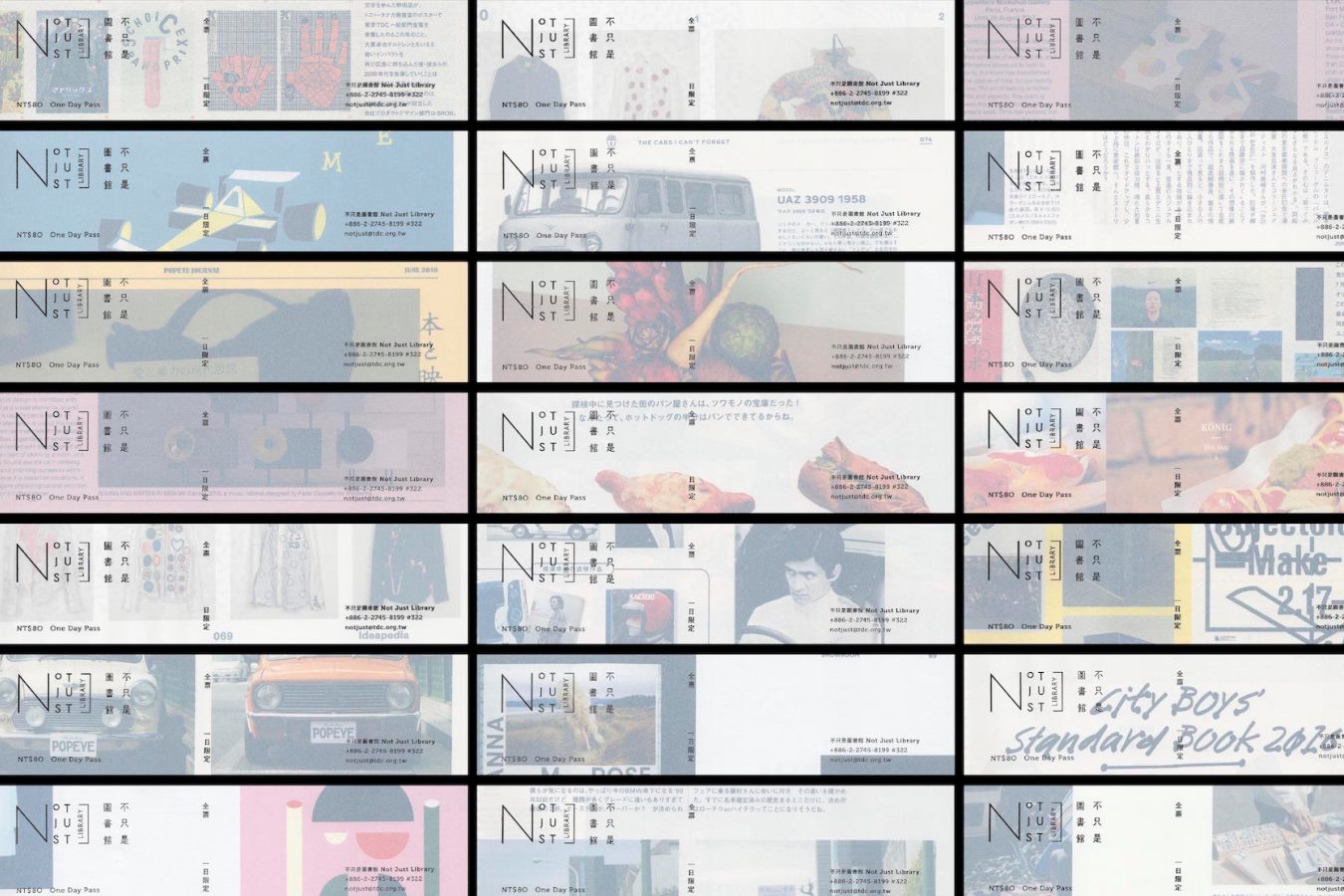Mistroom, a studio known for its smoothly textured book covers, has won several awards in book design in the past. However, this year is the first time they’ve been selected as a finalist in the Golden Pin Design Award. Their entry, “Not Just Library 2018 Admission Ticket”, also won glowing praise from well-known Japanese designer Kashiwa Sato. Jui I Huang and Yu Hui Peng — the creative geniuses behind the design — were thrilled with the positive response. The pair of designers, who are also married, has navigated the world of design side-by-side for ten years, through thick and thin. Throughout that time, they have continuously pushed each other to be stronger. Just as they stood by each other’s side throughout the long journey, they now are reaping the rewards of recognition — together. “It’s a good thing we did this together”, Jui I said. “If we were doing it alone, it would have been impossible to persevere”.
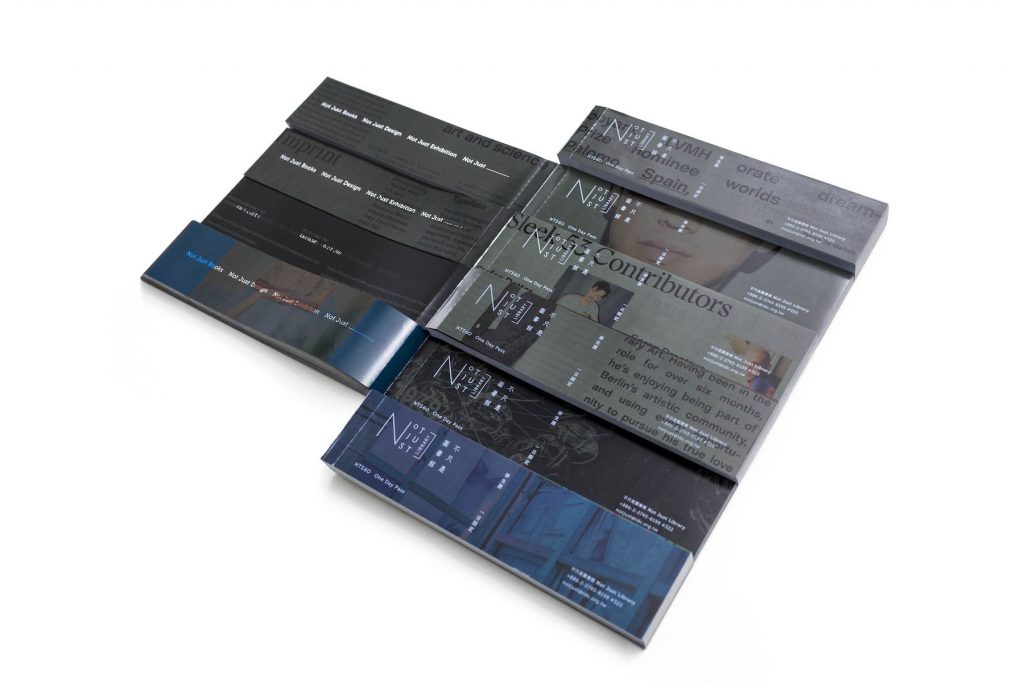
The couple chose 22 different magazines that covered topics such as fashion, design, and home & furniture, including AXIS, DAMNº, Ddn, FIGARO japan, FRAME, idea アイデア, I’m home, KINFOLK, MARK, novum, popeye, and SLEEK. Why not 23, or 24 magazines? “It’s a basic math problem”, smiled Yu Hui. Two magazine pages (one sheet of paper) can be cut into six different tickets, sized at 21.5 cm x 4.8 cm. As one magazine typically has 160 pages (80 sheets of paper), that adds up to 21 magazines — with an extra magazine for testing.
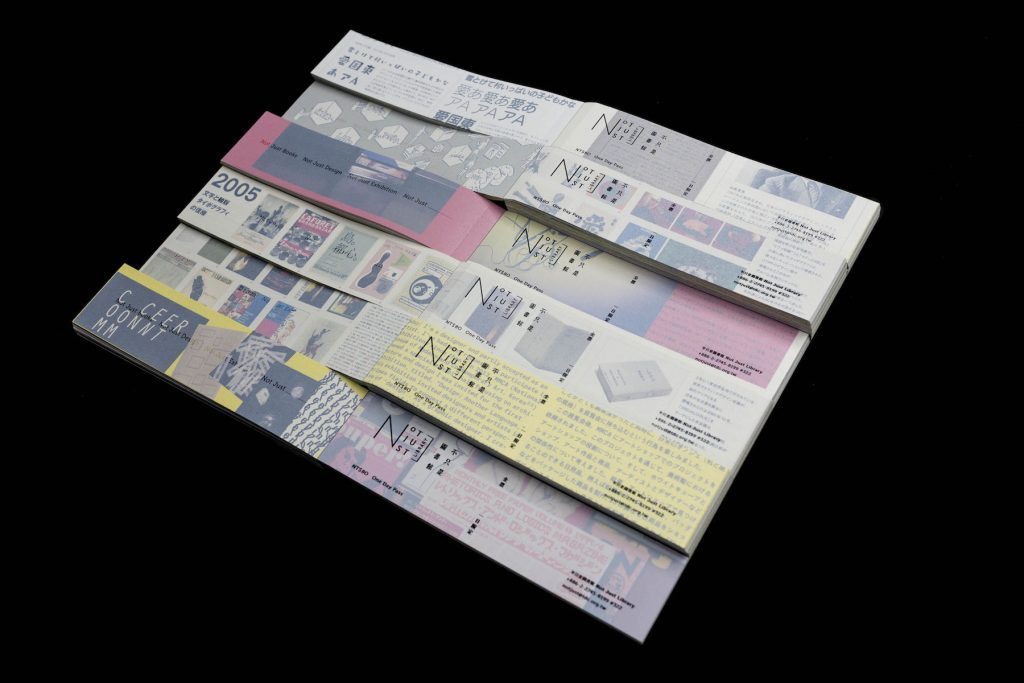
Because no template or standard existed, the printer took a long time testing and exploring different methods. Furthermore, most printing presses are designed to only accept paper with predetermined weight and characteristics. Because we were using paper with varying weights and characteristics, the weight of different pages was either be too high or too low for the machine to accept. When paper entered the machine, it came out as a crumpled chunk. Fortunately, the couple maintained constant communication with the printer throughout the entire process and the group brainstormed together to come up with a solution. Eight hours later — more than twice the time they had originally projected — they were finally able to print 10,000 tickets.
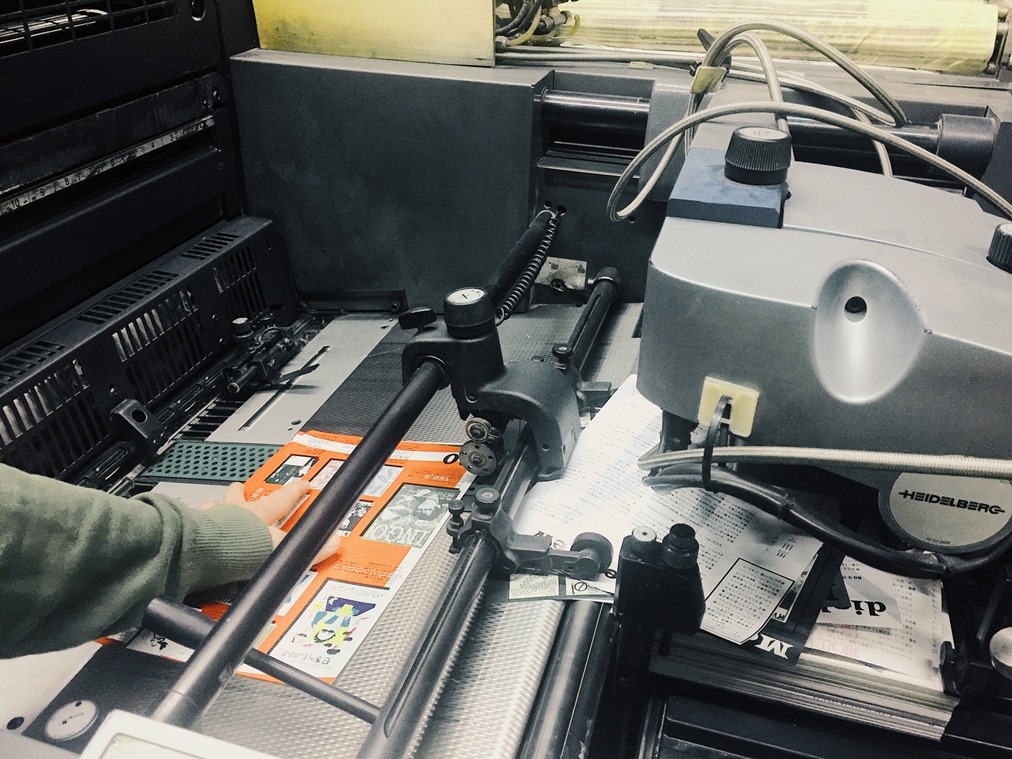
Binding the admission tickets was another great undertaking. The couple envisioned the tickets would echo the overarching theme of the library, so they wanted to bind the tickets to look like a book. However, trying to find the pages that corresponded to each magazine — from a selection of 1,667 different pages — was “like putting together a giant puzzle”, Jui I grimaced. As an added challenge, they had to remove the advertisements and recognize each magazine’s distinct design style. Furthermore, even though the pages all had numbers, the page numbers weren’t always in the same place. They spent the entire night sorting through different magazines until they went cross-eyed — all for the sake of creating a unique ticket-buying experience. “If sorting through magazines in the dead of night is what it takes to inspire visitors’ imagination about life and design, then we reached our goal”, Jui I said. This perfectionist attitude is what earned them Kashiwa Sato’s acclaim, who said he could “clearly grasp the concept this piece is conveying,” and praised the project in the way it “not only complies with topic of sustainability, but is also aesthetically pleasing”.
Yu Hui and Jui I started off as co-workers and, under a senior designer’s encouragement, resolutely decided to establish their own studio in 2010, and got married shortly thereafter. For ten years now, they have been partners in both life and work. Their personalities complement each other perfectly: Jui I is perceptive; Yu Hui is rational. Accordingly, they split up the work along their strengths, whereby Jui I comes up with the creative ideas and Yu Hui brings them to life.
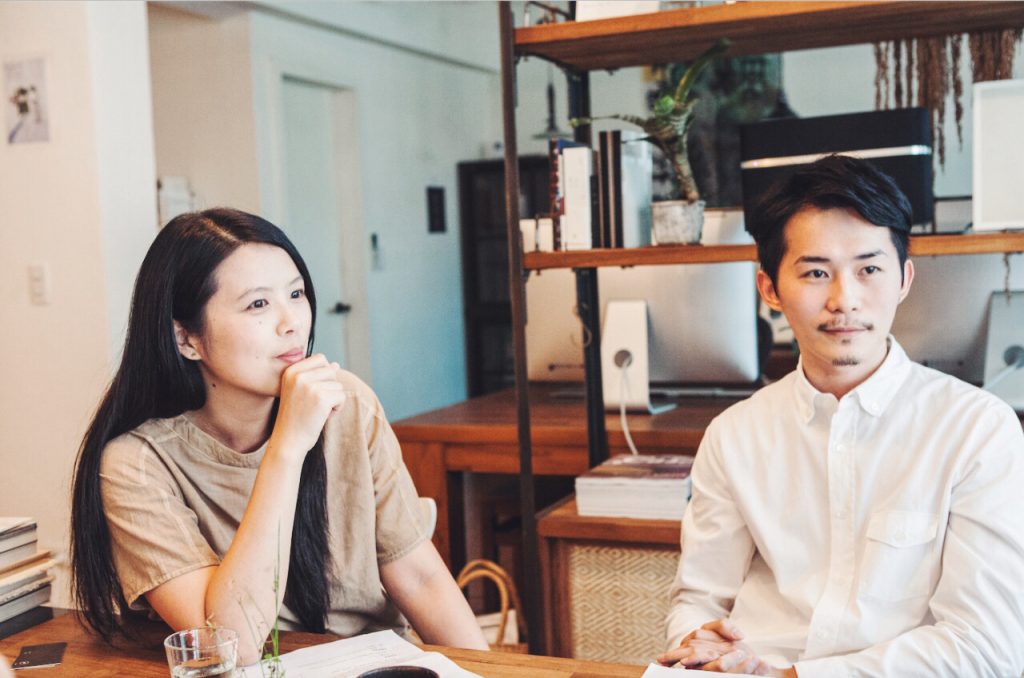
▲ Photo Credit: Yo Yang
Despite their distinctly different personalities, they rarely argue. Although they will naturally have differing opinions, Yu Hui explained, they each harbor a similar set of values. As such, their ideas often run quite parallel to one another. On the odd occasion they don’t completely agree, they still encourage their partner to give their idea a shot — which, more often than not, ends in mutual agreement.
When they were in their 20s, they didn’t know what “worry” meant — they had never dreamed started their own studio would be so stressful. Jui I explained, “Every time we felt frustrated or at a loss, we figured it out together. We grew together. The only reason we were able to make it through was because — no matter the situation — we faced it together. If we were to do this alone, we would not have been able to persevere”. The first eight years started with book covers. From there, they gradually started crossing into websites, brand identities, and other aspects of design — but there is much more to come. It’s quite apparent that Jui I and Yu Hui will use their keen perception, handmade warmth, and ever-changing aesthetic sense to continue creating unique designs for decades to come.

